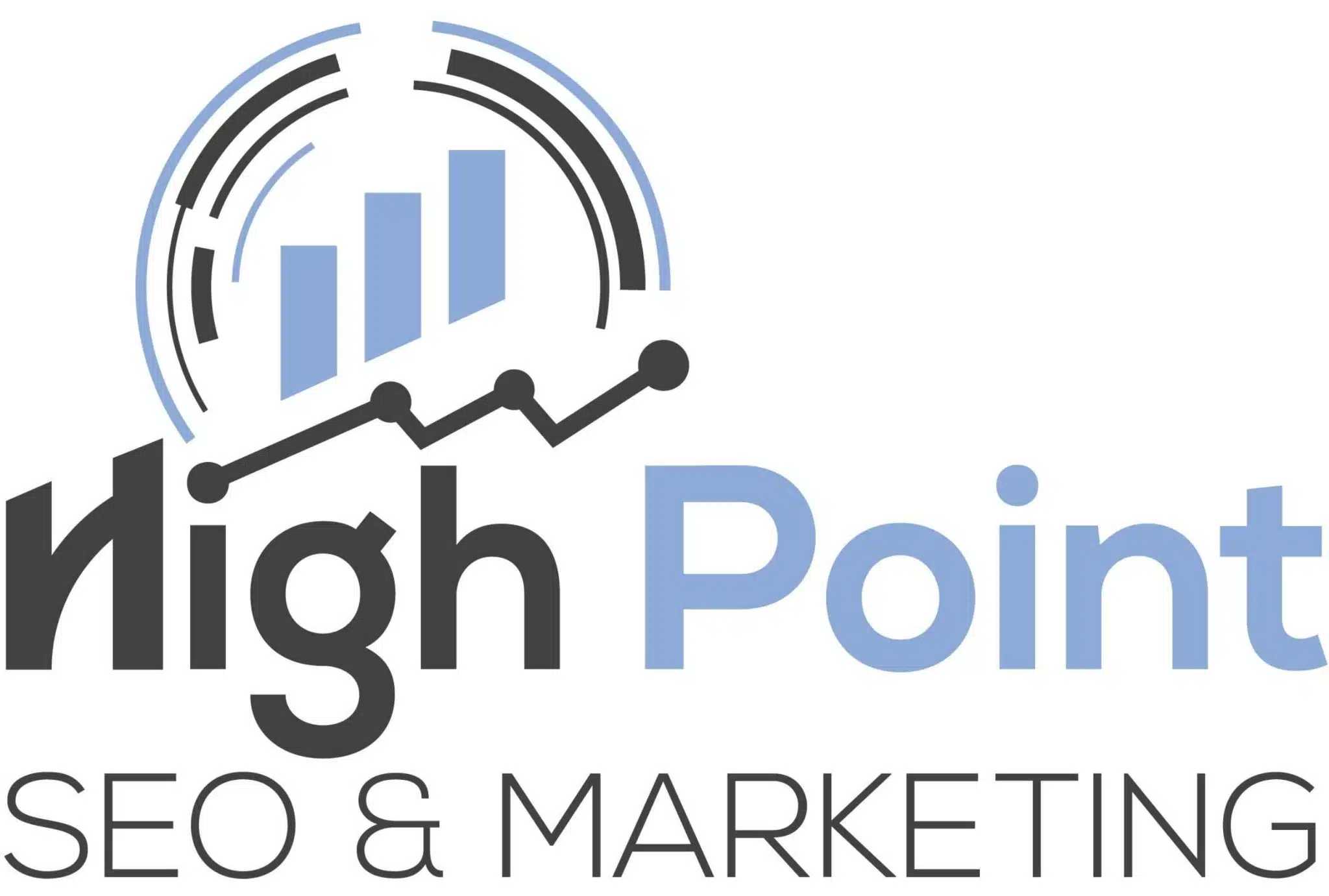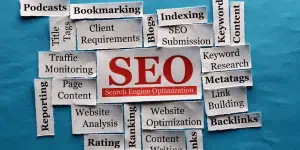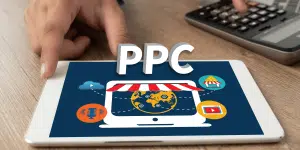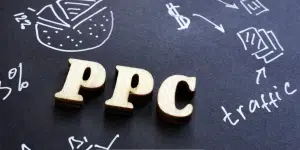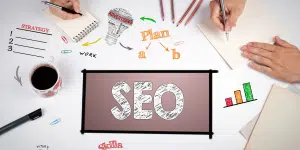How Is Ranking Different When Comparing PPC vs SEO?
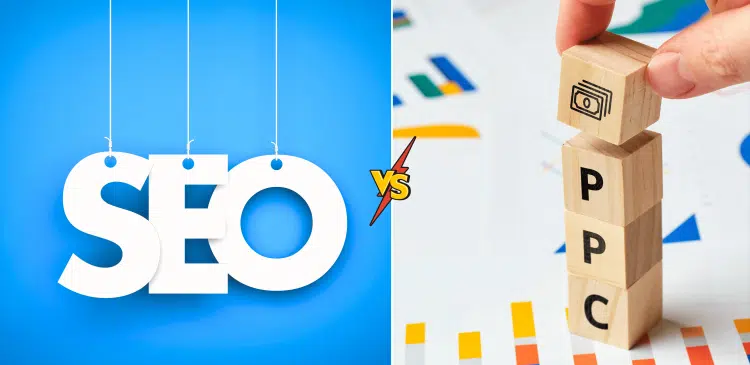
Businesses are always looking for ways to drive traffic and improve their visibility on search engine results pages (SERPs). There are two primary methods of achieving these goals, which are Pay-Per-Click (PPC) advertising and Search Engine Optimization (SEO). Although both approaches aim at enhancing the presence of a website in SERPs, they greatly vary in terms of strategy, execution as well as outcome.
PPC is an online advertising model where advertisers pay fees whenever their ads get clicked. Essentially, this means that instead of trying to earn organic visits businesses purchase them through this platform. These adverts appear either at the top or bottom of SERPs and have labels such as “sponsored” or “ad” because they are not part of organic listings; they depend on a bidding system where marketers compete for keywords related to their target audience.
SEO refers to optimizing your website so that it can rank higher on non-paid (organic) search results. This involves various things including keyword optimization within content quality among other on page elements plus backlinks together with domain authority among other off page factors. Unlike PPC, SEO does not demand direct payments for visibility but requires significant investments in terms of time and resources if high rankings are to be achieved as well as sustained over time.
It is important for organizations seeking wider online presence to understand how PPC differs from SEO. Immediate results can be obtained through PPC with great targeting precision albeit at a price while sustainable long-term traffic growth via organic search results derived by SEO may take longer before being realized. By evaluating these two strategies side by side companies can make more informed decisions regarding their digital marketing plan allocation of resources accordingly.
Ranking Factors
For a website to appear on search engine results pages (SERPs), it is necessary to know both the organic (SEO) and paid (PPC) search ranking factors that contribute to its visibility.
SEO Ranking Factors
Content Quality
Search engines prefer content that provides value for readers by answering their questions in the best possible manner. Keyword usage, content length, uniqueness, and structure (headings, subheadings) are among the most critical aspects.
Backlinks
Backlinking refers to getting other trustworthy websites’ links directed towards your own site. It is regarded as an indication of authority or trustworthiness by search engines like Google. Organic rankings depend heavily on backlinks; thus, many quality inbound links from authority sites will boost your position significantly.
User Experience (UX)
User experience metrics such as page speed, mobile friendliness or responsiveness, and ease of navigation are considered by search engines when ranking webpages organically. A good user experience should always translate into higher organic rankings.
Technical SEO
Technical optimization makes it easier for search engines to crawl and index websites through clean coding practices, efficient site architecture design principles application alongside structured data utilization for improved semantic understanding. XML sitemaps, robots.txt files presence as well as HTTPS encryption can also contribute towards better SERP positioning through technical SEO enhancements.
PPC Ranking Factors
Bid Amount
The PPC ranking system is mainly influenced by how much an advertising company is willing to pay per click (CPC). The higher the bid, the better the ad placement, but relevance and quality are also taken into account.
Quality Score
Quality score is a metric used by search engines like Google to rate how well PPC ads match users’ search queries. It takes into account factors such as click-through rates (CTR), ad relevance and landing page experience. Higher quality scores can lead to lower costs per click and improved positions for paid adverts on SERPs.
Ad Relevance
The more relevant your advertisement is with respect to what people search in search engines such as Google or Bing, higher chances are that it will be clicked upon leading into conversions. This explains why advertisers need ensure that their ads closely reflect user intent during creation phase which involves considering different keyword variations while designing copies.
Landing Page Experience
The landing page affect both user satisfaction levels plus relevancy signals sent back towards ad platforms. A better-optimized destination URL matching visitor needs after clicking through an advert should result in increased conversion rates.
Visibility and Reach
Visibility and reach are two important factors to consider when comparing PPC ads with SEO on search engine results pages (SERPs).
PPC Ads
- Immediate Visibility: Sponsored or ad PPC ads appear at the top or bottom of SERPs, guaranteeing that they are seen almost instantly after a user enters a query.
- Targeted Reach: With PPC ads, it is possible to select specific demographics, locations and search behaviours as targeting options so as to ensure adverts reach relevant people only.
SEO
- Long-term Sustainability: Although taking longer time to achieve visibility than PPC, organic search generated traffic is sustainable in the long run once rankings have been established.
- Broader Reach: SEO have potential for gaining wider audience over time since they can rank for many different relevant keywords.
Cost and ROI
Comparing the cost structures and return on investment (ROI) of pay-per-click (PPC) campaigns with search engine optimization (SEO) efforts shows that there are some very important differences between them.
PPC Campaigns
Cost Structure
- Pay-Per-Click: Advertisers only pay when someone clicks on their ad. Prices are determined by an auction system, so costs can be driven up by competition for high-value keywords.
- Variable Costs: The budget can be adjusted depending on what the campaign is trying to achieve, which allows for flexibility in spending.
ROI
- Immediate ROI: PPC can deliver instant traffic and conversions, making it easier to measure ROI within a short time frame.
- Factors Influencing Cost-Effectiveness: Better cost-effectiveness can be achieved through ad relevance, Quality Score and effective bidding. However, having highly competitive keywords often means higher costs thus affecting the ROI significantly.
SEO Efforts
Cost Structure
- Initial Investment: Content creation, technical optimization, and ongoing maintenance all have costs. However, there are no costs per click that you should be concerned about.
- Ongoing Effort: To preserve and improve rankings, SEO necessitates ongoing work. This includes routine content updates and link building activities.
ROI
- Long-term ROI: Organic rankings produce more clicks than paid listings over the long term which means that SEO delivers higher returns on investment as website visibility grows without having to directly pay for each click.
- Cost-Efficiency Factors: Value-driven content creation combined with relevant keyword targeting plus technical improvements aimed at better search engine indexing all contribute towards making SEO more cost-effective.
Targeting and Conversion
PPC ads differ from organic SEO-driven traffic in terms of targeting capabilities and conversion rates, which affects the way they drive desired actions.
PPC Ads
Targeting Capabilities
PPC enables you to select who sees your ad based on factors like age, location, interests or search history. This way advertisers can design advertisements which will be shown only to specific groups of people thus increasing the chances of getting them converted.
Conversion Rates
Pay per click ads often achieve higher conversion rates because they are able to directly address what user intends by use of precise targeting and creating compelling copies. PPC can drive instant actions such as sales, leads or sign-ups which is particularly useful for time-sensitive promotions or new product launches.
Organic SEO-Driven Traffic
Targeting Capabilities
Search engine optimization targets a wider audience by using search queries and relevant content hence capturing all those interested in finding information related to particular keywords. With SEO, it’s possible to attract people genuinely interested in your topic through high-quality articles thus promoting interaction with them over time as well as building trust levels between two parties involved.
Conversion Rates
Even though search engine optimization may not give immediate results as PPC does, it creates long-term visibility which in turn drives consistent conversions. Frequently organic traffic involves people who are deeper into their purchasing journey and want more information about something specific before converting. This boosts the quality of conversion significantly.
Impact of Targeting Mechanisms and User Intent
- PPC: Immediate and high conversion actions are possible through precise targeting mechanisms that reach users with specific intent, but it demands ongoing investments.
- SEO: Sustainable conversions of long-term value can be achieved through organic traffic which draws users based on the relevance of contents; this is because it meets their needs for useful information thereby building trust and generating higher quality leads.
Long-Term Sustainability
Comparing the long-term sustainability and scalability of SEO vs PPC highlights that they have different abilities to preserve or enhance rankings as well as visibility in the long run.
PPC Strategies
Sustainability
PPC campaigns are only sustainable if there is money to back them up. The pay-per-click ads will stop showing and driving traffic the moment you run out of funds. Thus, it is important to remember that continuous financial commitment is required for this form of advertisement since it works best for short-term visibility and traffic spikes like during promotions or product launches but does not give long-term results beyond the budget limits.
Scalability
Pay-per-click advertising offers instant scalability. Advertisers are able to change their budgets and targeting options so they can reach a wider or narrower audience rapidly. This adaptable nature also means that campaigns can be quickly scaled up or down in response to business requirements and market changes.
SEO Strategies
Sustainability
SEO can be considered sustainable for the long term. One of the reasons is that rankings are maintained without requiring continuous cost per click as soon as they have been achieved through creating content consistently, optimizing technically for search engines and building backlinks. benefits of SEO compound over time. If a website has high-quality content with strong backlinks, it becomes an authority in its niche; this leads to sustained visibility and traffic even when there’s little investment on an ongoing basis.
Scalability
SEO scalability is slower than PPC. When you optimize more contents and get more backlinks, the authority of a website increases as well as its organic rankings which in turn leads to higher traffic over time. SEO needs to constantly adapt with search engine algorithm changes; this may seem difficult but it also provides chances for improvement in tactics that would have long-term scalability benefits.
Conclusion
The key differences between PPC and SEO include ranking mechanisms, visibility, cost, and sustainability. PPC on the other hand provides instant traffic and targeted traffic but has the disadvantage of constant spending. In contrast, SEO offers gradual, steady growth in traffic based on the organic search results, although it might take a longer period. Companies can gain the most out of the PPC and SEO approaches because these two strategies are useful when applied in conjunction with each other.
 Bill Yeager, Co-Owner of High Point SEO & Marketing in CT, is a leading SEO specialist, Amazon international best-selling author of the book Unleash Your Internal Drive, Facebook public figure, a marketing genius, and an authority in the digital space. He has been personally coached by Tony Robbins, a fire walker and a student of Dan Kennedy, Founder of Magnetic Marketing. Bill has been on several popular podcasts and the news including Sharkpreneur with Kevin Harrington, FOX, NBC, and ABC by way of his Secret Sauce marketing strategies. Bill enjoys fitness, cars, and spending time with his family when not at work.
Bill Yeager, Co-Owner of High Point SEO & Marketing in CT, is a leading SEO specialist, Amazon international best-selling author of the book Unleash Your Internal Drive, Facebook public figure, a marketing genius, and an authority in the digital space. He has been personally coached by Tony Robbins, a fire walker and a student of Dan Kennedy, Founder of Magnetic Marketing. Bill has been on several popular podcasts and the news including Sharkpreneur with Kevin Harrington, FOX, NBC, and ABC by way of his Secret Sauce marketing strategies. Bill enjoys fitness, cars, and spending time with his family when not at work.
